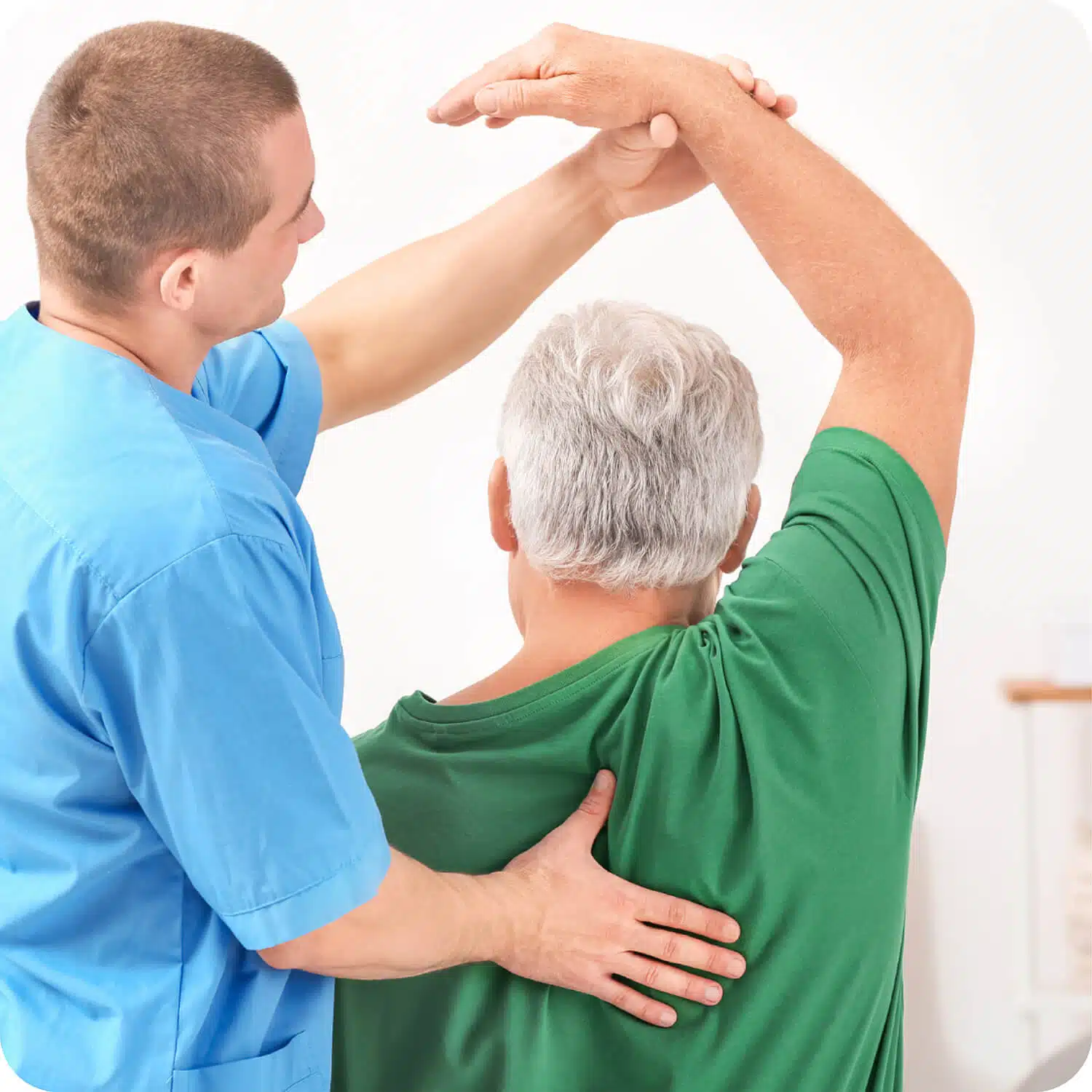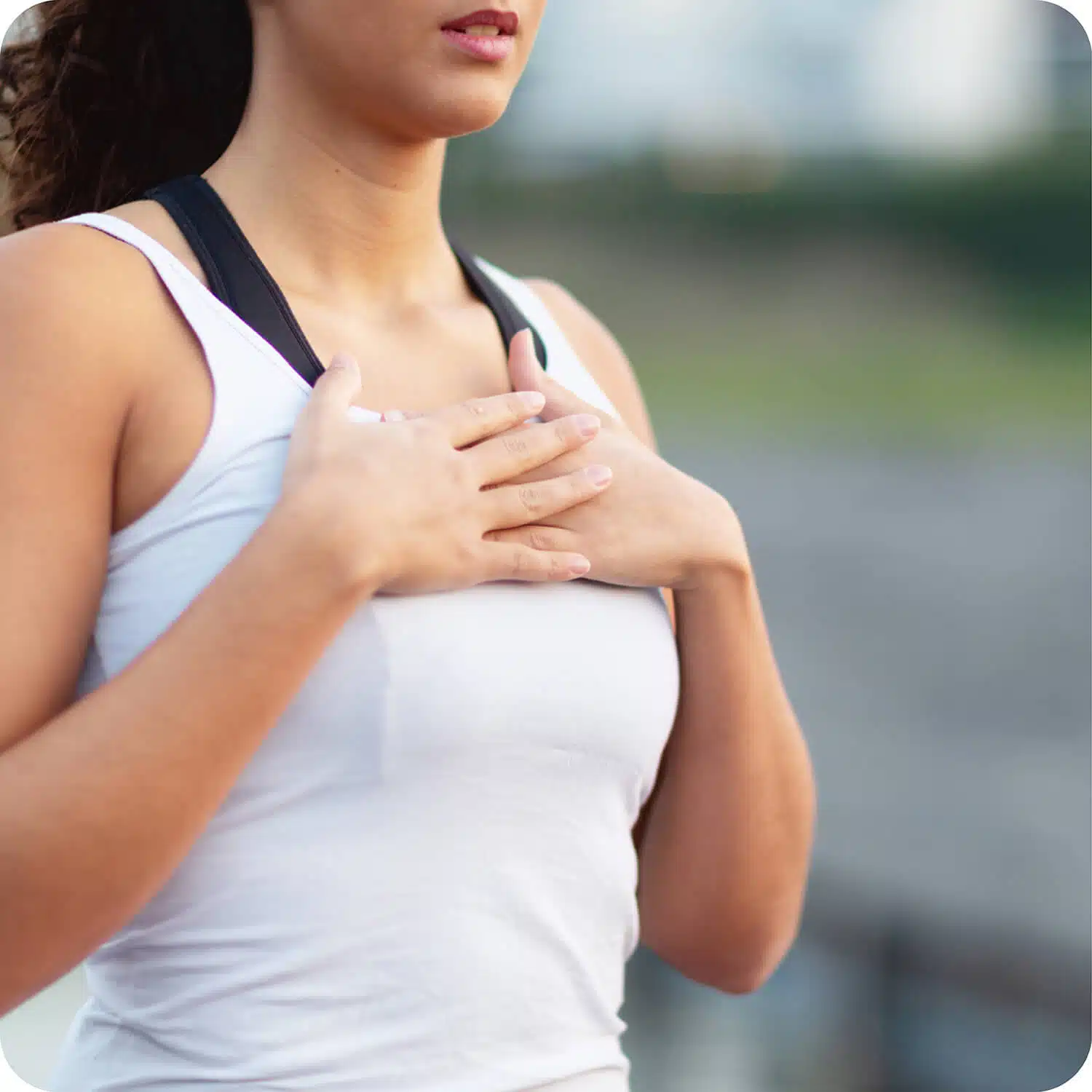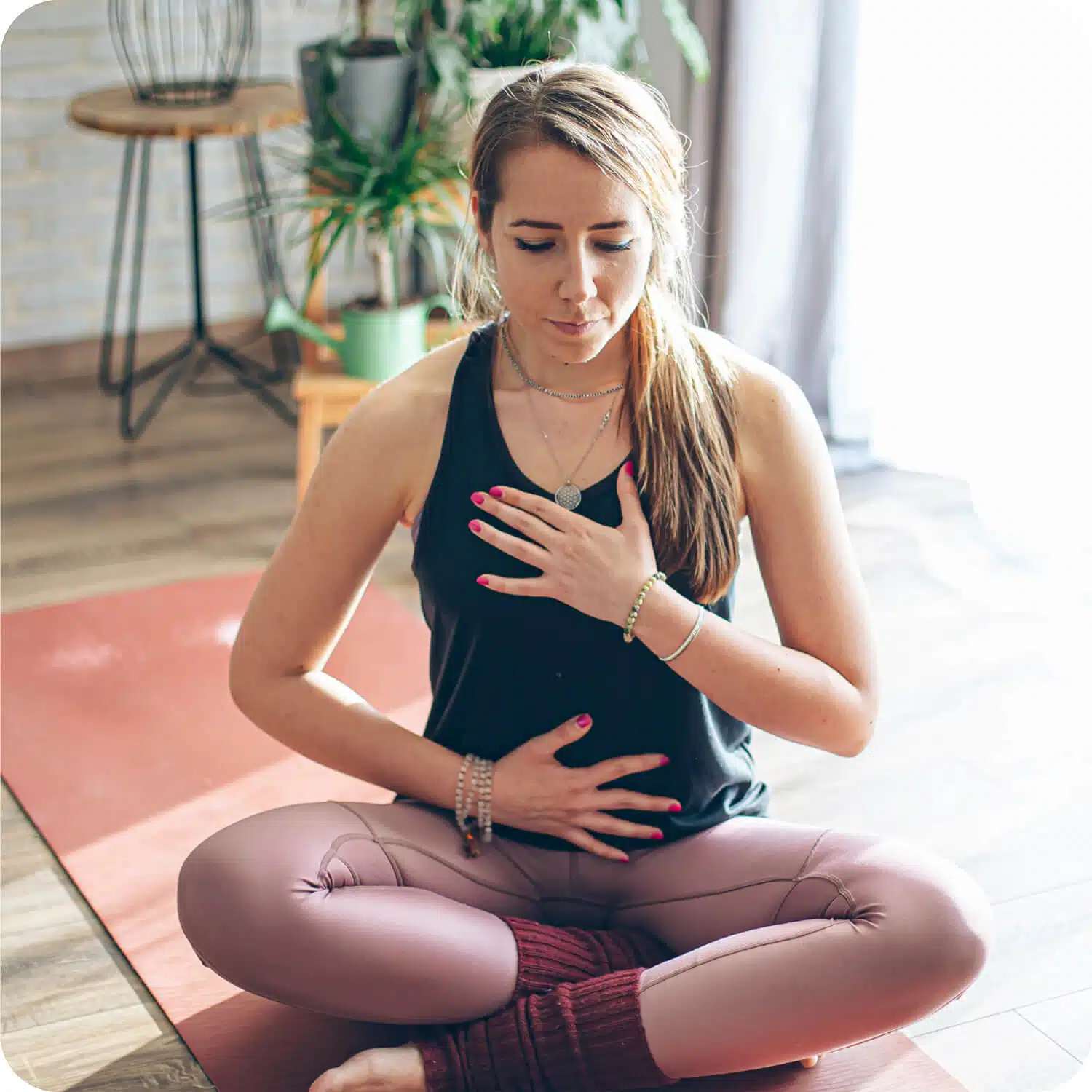Most used techniques in respiratory therapy
Currently there are different types of techniques during respiratory therapy.
The specialist will indicate which is the most appropriate according to the previous pathology and the patient’s condition.

Postural drainage
Postural drainage is a technique that is mainly used for the elimination of secretions by mobilizing them and coughing. The physiotherapist works with ventilatory volumes, expiratory times, and postures.
This technique is mainly used in people who produce large amounts of secretions. It is used for example in patients with cystic fibrosis, COPD, bronchiectasis…

Cough management, assisted coughing or controlled coughing
It is performed for secretion management and to facilitate the expulsion of secretion by the cough mechanism. It can be done in an active, assisted or patient-controlled manner with a series of steps. It is recommended to do it for two or three times so that secretions can be dragged out effectively.
In patients with neuromuscular pathologies, secretion management is carried out by means of the Cough Assist, also known as a cough aid, which, in collaboration with the prescribing doctor and the physiotherapist, assesses the optimal parameters for increasing pulmonary ventilation, secretion management or in the event of choking.

Diagraphagragmatic ventilation exercises
To improve the oxygenation of the organism and increase respiratory function, the physiotherapist can recommend a series of breathing exercises. In addition, it improves ventilatory capacity, reduces the sensation of dyspnea on exertion or activities of daily living.

Use of respiratory technology
In addition to performing techniques, physiotherapists often use nebulizers, inhalation chambers, etc. to prepare the upper and lower airway before the respiratory physiotherapy session. Thanks to these devices, the airways are less obstructed and both the drug and the techniques are more effective.
In addition, equipment such as mechanical ventilation and oxygen can also be used for aerobic training in patients with chronic respiratory pathologies to try to maintain or improve activities of daily living and dyspnea. Exercise should always be monitored by a respiratory physiotherapist through pulse oximetry.




